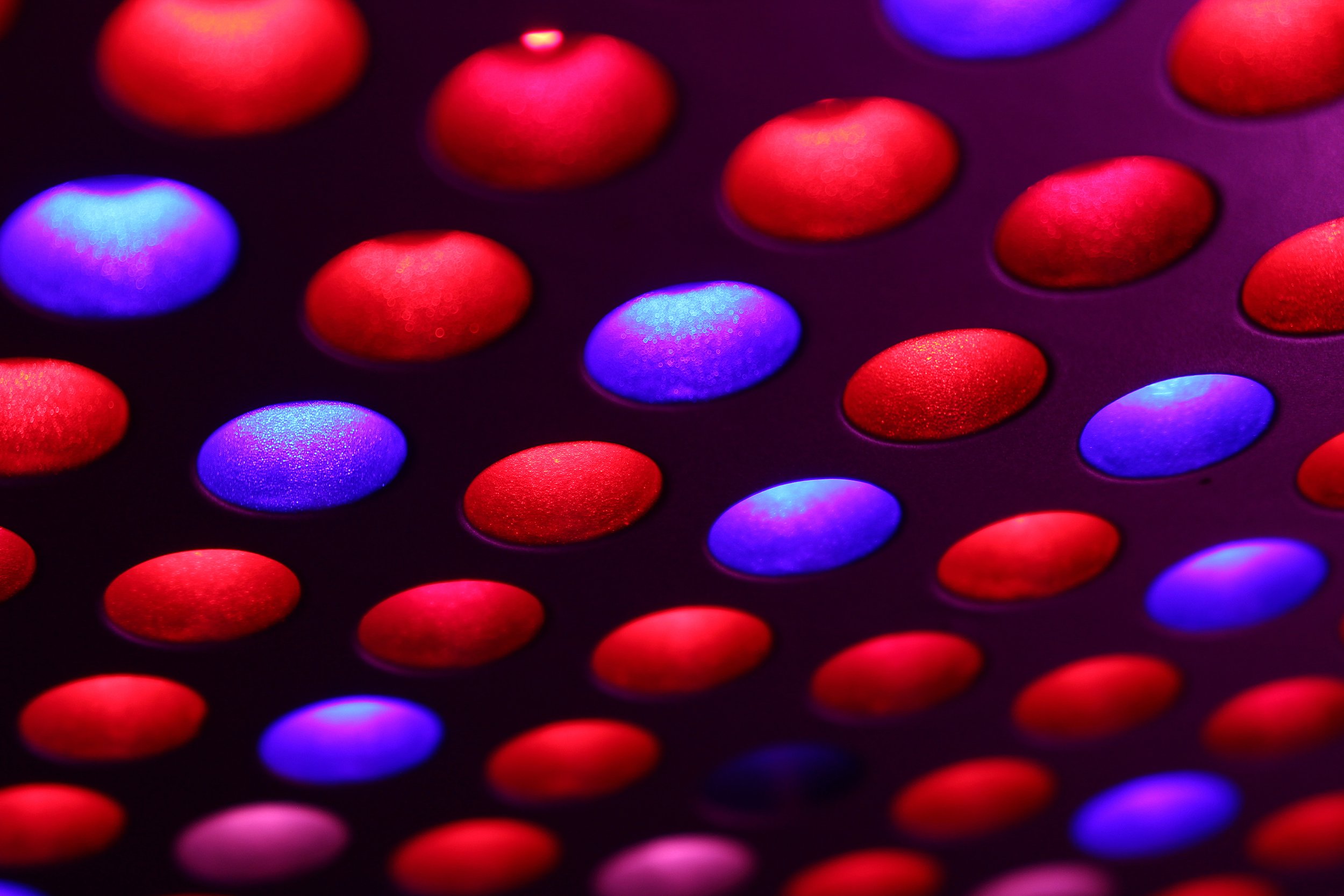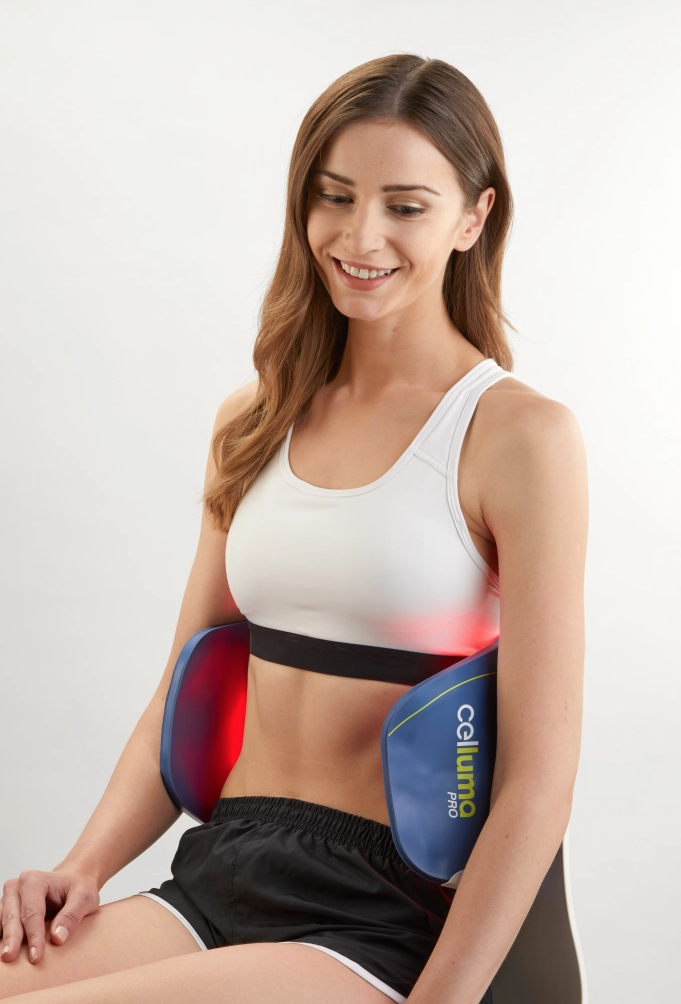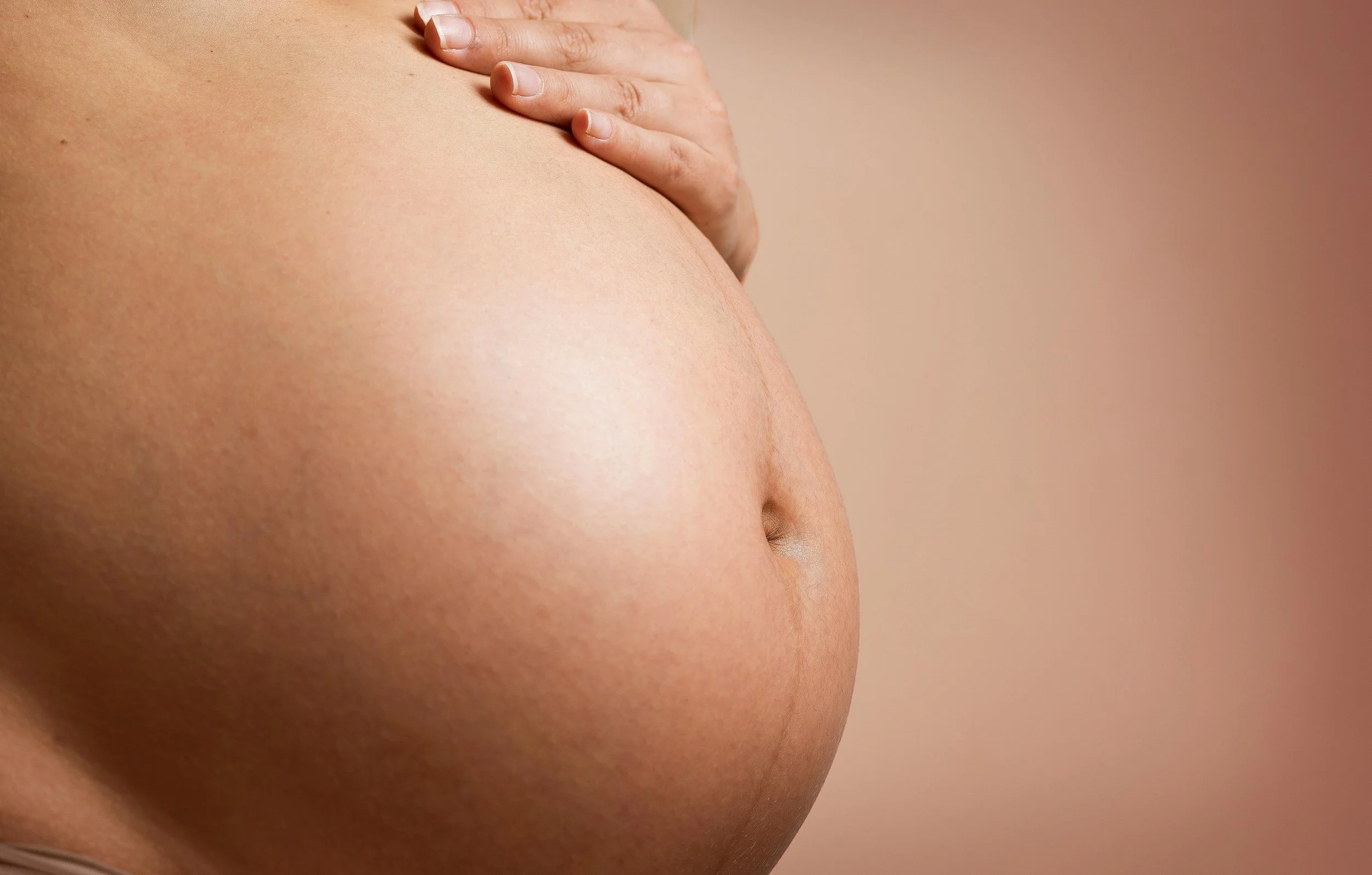Low-Level Light Therapy
A Brief Introduction

What is Low-Level Light Therapy (LLLT)?
Low-Level Light Therapy (LLLT), also known as photobiomodulation or cold laser therapy, is a non-invasive therapeutic technique that uses specific wavelengths of light to stimulate cellular function, promote healing, and reduce pain and inflammation. It has gained popularity in recent years for its effectiveness in treating a wide range of medical conditions, including chronic pain, skin disorders, wound healing, and musculoskeletal issues. Unlike high-intensity lasers used in surgical or ablative procedures, LLLT uses low-power lasers or light-emitting diodes (LEDs), making it a safe and painless option for therapeutic applications.
The Wellspring Integrative Approach
Wellspring Health uses Low-Level Light Therapy (LLLT) alongside Traditional Chinese Medicine (Acupuncture & Herbal Medicine) and Conventiional medicine in an integrative approach. This combination can enhance treatment outcomes, manage side effects of conventional treatments (like chemotherapy), and provide additional support for chronic or complex conditions. We love science and we love working with conventional medical Doctors. This approach combines the strengths of both systems, offering a broader range of treatment options and emphasizing the prevention of disease as well as the treatment of existing conditions.
How Low-Level Light Therapy (LLLT) Therapy Works:
LLLT involves the application of red or near-infrared light to targeted areas of the body. The wavelengths of light typically range from 600 to 1000 nanometers (nm), with red light (600-700 nm) used for surface-level treatment and near-infrared light (700-1000 nm) penetrating deeper tissues. When the light is absorbed by the cells, it interacts with the mitochondria, which are the energy-producing organelles within the cells.
The absorbed light energy is converted into chemical energy through a process called photobiomodulation. This process enhances mitochondrial activity, increasing the production of adenosine triphosphate (ATP), the primary energy source for cellular functions. As a result, the increased ATP production boosts cellular metabolism and function, leading to accelerated healing and reduced pain and inflammation.
Benefits of Low-Level Light Therapy Therapy (LLLT):
Increased Cellular Energy Production: LLLT stimulates the production of ATP within cells, providing them with more energy to perform their functions effectively. This boost in energy enhances cell repair, proliferation, and overall function, supporting tissue regeneration and recovery.
Reduction of Oxidative Stress: The therapy helps modulate oxidative stress and inflammation by regulating the production of reactive oxygen species (ROS) and promoting antioxidant defenses. This effect is crucial for preventing cellular damage and maintaining cellular health, particularly in chronic conditions characterized by high oxidative stress.
Enhanced Cellular Communication: LLLT promotes intercellular communication by modulating signaling pathways. This improved communication supports coordination between cells during wound healing and tissue repair processes.
Stimulation of Blood Flow and Lymphatic Activity: The therapy stimulates the formation of new capillaries and improves circulation, providing tissues with more oxygen and nutrients while aiding in the removal of waste products. This effect is beneficial for reducing swelling, accelerating healing, and improving tissue health.
Conditions We Treat With LLL-Therapy
Acupuncture is used to address a wide variety of health conditions, including but not limited to:
Fertility & Pregnancy:
Female & Male Infertility, IVF/IUI, Labor Induction & Delivery, Trimester & Post Pardum Supports, and Lactation.Pain Management:
Chronic pain, arthritis, back and neck pain, migraines, and sciatica.Digestive Issues:
Irritable bowel syndrome (IBS), nausea, and gastritis.Mental Health and Stress:
Anxiety, depression, insomnia, and stress management.Women's Health:
Menstrual disorders, fertility support, menopause symptoms, and pregnancy-related conditions.Respiratory Conditions:
Allergies, asthma, and sinusitis.Neurological Disorders:
Stroke rehabilitation, Bell’s palsy, and peripheral neuropathy.
Applications & Benefits of Low-Level Light Therapy:
Pain Management: LLLT is widely used for pain management, particularly for chronic conditions like arthritis, fibromyalgia, neuropathic pain, and sports injuries. It helps reduce pain by modulating pain signals, decreasing inflammation, and promoting tissue repair. Many patients experience significant pain relief and improved range of motion after consistent LLLT sessions.
Wound Healing and Skin Health: LLLT promotes wound healing by stimulating collagen production, enhancing cellular turnover, and reducing inflammation. It has been used to treat non-healing wounds, diabetic ulcers, and surgical scars. In dermatology, LLLT is effective in managing conditions like acne, eczema, psoriasis, and even hair loss.
Musculoskeletal Disorders: Conditions such as tendonitis, bursitis, muscle strains, and joint disorders respond well to LLLT. By enhancing tissue repair and reducing inflammation, LLLT can accelerate recovery and prevent the recurrence of injuries, making it a popular choice among athletes and individuals recovering from musculoskeletal injuries.
Neurological Health: Emerging research suggests that LLLT may have potential benefits for neurological health, particularly for conditions like traumatic brain injury (TBI), stroke, and neurodegenerative diseases. The therapy’s ability to reduce neuroinflammation, support neuronal function, and promote neurogenesis offers promising avenues for its use in brain health and cognitive enhancement.
Reduction of Inflammation: LLLT’s anti-inflammatory properties make it effective for managing conditions characterized by chronic inflammation, such as rheumatoid arthritis, autoimmune disorders, and chronic pain syndromes. The therapy helps modulate inflammatory pathways, reduce cytokine levels, and promote a balanced immune response.
Safety and Considerations:
LLLT is generally considered safe with few side effects when applied by a trained practitioner. Commonly reported side effects, such as mild skin redness or temporary discomfort, are usually rare and resolve quickly. It’s essential to ensure that the device’s settings (wavelength, power density, and duration) are appropriately configured for the specific condition being treated. Contraindications include direct application over cancerous lesions, the thyroid gland, or the eyes without proper protection.
Low-Level Light Therapy offers a versatile and effective treatment option for a variety of health conditions, ranging from pain and inflammation to skin health and neurological support. Its non-invasive nature, minimal side effects, and broad applications make it an increasingly popular choice for patients seeking holistic, drug-free therapy to enhance their well-being and accelerate recovery. With ongoing research, the potential of LLLT continues to expand, offering new possibilities in integrative medicine and healthcare.
Resources & Links to Learn More
Low-Level Light Therapy (LLLT), also known as photobiomodulation, has been extensively studied for its therapeutic benefits across various medical conditions. Here are five notable clinical studies from different sources highlighting its positive effects:
Effect of Transcranial Low-Level Light Therapy vs Sham Therapy Among Patients With Moderate Traumatic Brain Injury: A Randomized Clinical Trial
This randomized clinical trial assessed the feasibility and safety of transcranial LLLT in patients with moderate traumatic brain injury. The study found that LLLT is safe and affects the brain in a measurable manner, suggesting potential therapeutic benefits. JAMA NetworkEfficacy of Repeated Low-Level Red Light (RLRL) Therapy on Myopia Control in Children: A Meta-Analysis
This meta-analysis evaluated the effects of repeated low-level red light therapy on myopia control in children. The findings suggest that RLRL therapy is a promising alternative treatment for myopia control with good user acceptability and no documented functional or structural damage. BMC OphthalmologySafety, Tolerability, and Short-Term Efficacy of Low-Level Light Therapy in Dry Age-Related Macular Degeneration: A Preliminary Analysis
This preliminary analysis assessed the safety and short-term efficacy of LLLT in patients with dry age-related macular degeneration. The study concluded that LLLT is safe and may benefit patients by modulating brain repair mechanisms. SpringerLinkMechanisms of Low-Level Light Therapy
This study explores the underlying mechanisms of LLLT, demonstrating that it can enhance cell proliferation and tissue repair through photobiomodulation. The research supports the therapeutic potential of LLLT in various clinical applications. Light Wave TherapyPhotobiomodulation: The Clinical Applications of Low-Level Light Therapy
This article reviews the clinical applications of LLLT, highlighting its efficacy in treating conditions such as acne vulgaris, wound healing, and skin rejuvenation. The study emphasizes the versatility and safety of LLLT in cosmetic and medical treatments. Oxford Academic
These studies underscore the potential benefits of Low-Level Light Therapy in various medical contexts, including brain injury recovery, myopia control, age-related macular degeneration, and skin health.














